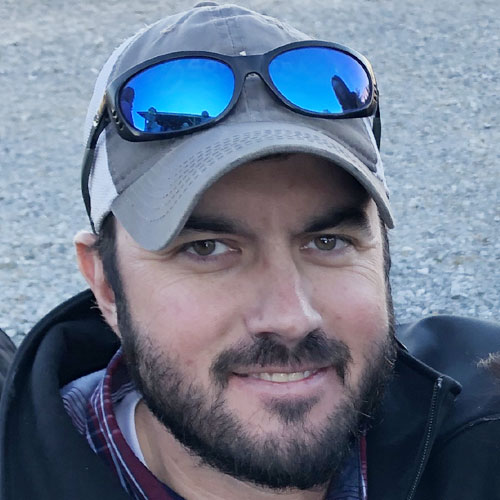(Click on play button above for video.)
Meet the Speakers


About this Session
Irrigated and dryland corn production under strip-tillage and conventional tillage
Presented by: Dr. Gurbir Singh
Assistant Research Professor Agronomy – Irrigation, Delta Research & Extension Center
Most producers in the Mississippi Delta perform multiple tillage operations before crop planting including subsoiling, and then disking, hipping, and rolling for bed formation. Subsoiling alleviates compaction in deep soil horizons, while surface tillage ensures good soil to seed contact. Conservation management practices that minimize surface tillage while maximizing yield, net returns, and irrigation/fertilizer use efficiency are needed in the mid-southern USA. Strip-tillage with a deep shank can be an alternative practice to the conventional tillage system. Strip-tillage generally disturbs 25% of the plow layer, while the remainder of the soil and surface residues remain undisturbed. Strip-till rigs are designed to band dry or liquid fertilizer using a shank when the tillage operation is performed. Banding fertilizer below the seedbed increases the probability for plant uptake while minimizing loss through runoff. The objective of this study is to quantify the effects of strip-tillage/deep banding P and K fertilizer placement on corn production in irrigated and dryland environments. Strip tillage /deep banding fertilizer placement is compared with surface broadcast fertilizer placement with conventional tillage, and surface broadcast and incorporated fertilizer placement with tillage. Data on corn yield, nutrient uptake, nutrient and water use efficiency, compaction, and soil available P and K from different tillage and fertilizer placement treatments will be reported at the conference.
Practical Irrigation Decisions: Math is greater than emotion.
Presented by: Dan Prevost
Consultant: Southern Ag Services
Proper irrigation is an art. Every farmer knows this because they see the complexities involved with soils and water reflected in the crop every day. This presentation will dive into the basics of soil/water/plant physics and explain these interactions in laymen’s terms. The assumptions made when extrapolating soil moisture sensor data for irrigation decisions will be clearly explained. From that basis, we will transition to volumetric soil moisture sensors and the associated data used to support farm scale irrigation decisions based on a series of mathematical equations.

